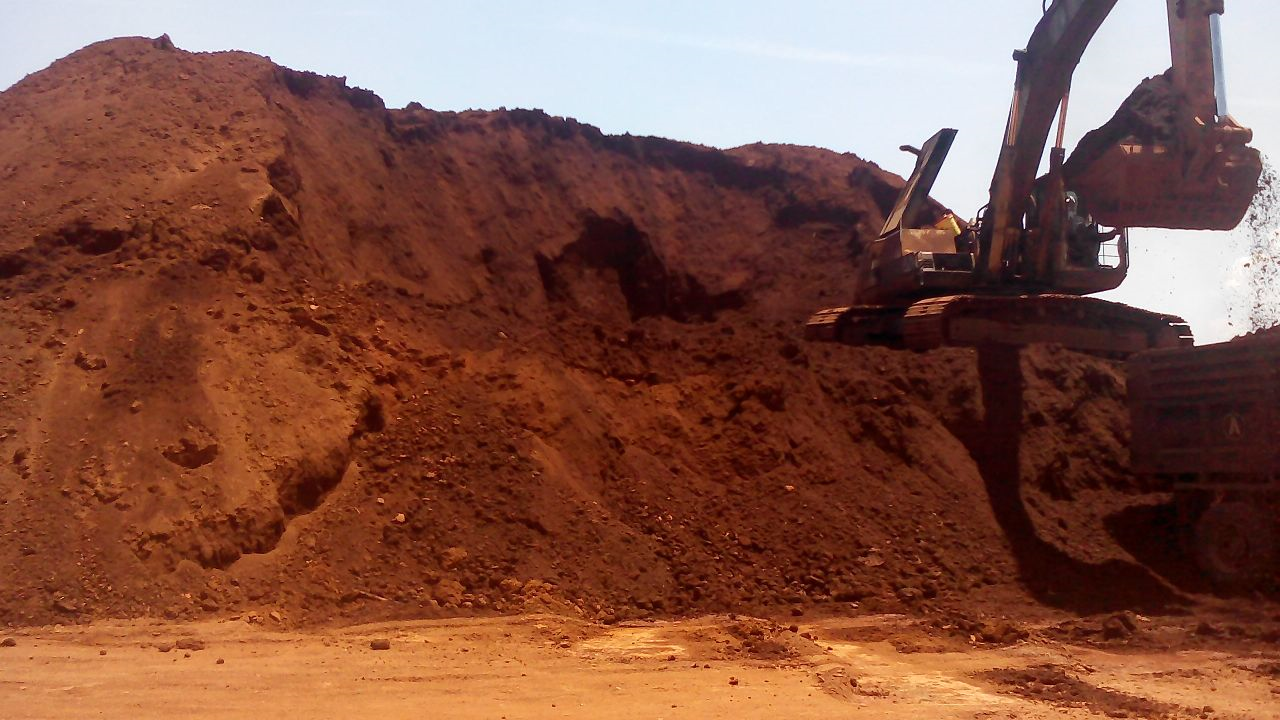

Resources of bauxite in India are placed at around 3.89 billion tonnes of which the amount economically feasible for extraction is 0.656 billion tonnes. The Technology Information, Forecasting and Assessment Council (TIFAC) shared the data during a national level meeting held at Jawaharlal Nehru Aluminium Research Development and Design Centre (JNARDDC) recently.
The meeting was jointly organized by TIFAC, JNARDDC, and Department of Science and Technology (DST), New Delhi.
{alcircleadd}
TIFAC informed that the mineable bauxite will be consumed by aluminium and other industries in India for the next 25 years.
Previously, under the United Nations Framework Classification (UNFC) system, total bauxite resource in India was estimated at about 3.48 billion tonnes which is about 5 per cent of the world total. These resources were inclusive of 0.593 billion tonnes reserves (mineable amount). With the current aluminium production rate of about 2.5 million tonnes, bauxite resources in India were estimated to last next 75 years, whereas with 10 million tonnes per annum projected production (which India should reach between 2020 and 2025) the bauxite reserves were estimated to last for 45-50 years.
“Bauxite production in India should grow at 17.7 per cent through 2020, with an estimated 8.2 per cent contribution to the global output this year alone. However, we have to work on available reserves to get more mineable bauxite to meet the future requirements,” Dr Upendra Singh, Principal Scientist, JNARDDC, noted at the meeting.
TIFAC officials said the total production of bauxite in the country was 24 million tonnes in 2016-17 but only 19.6 million tonnes was utilised by industry in metallurgical and non-metallurgical applications. Hence, there is scope for the industry to explore further possibilities of utilising all the bauxite produced with the maximum amount being channelized to produce alumina and aluminium.
The objective of the meeting was to prepare a consolidated preliminary report on Indian bauxite highlighting its potential for further value addition within the country and in the export market, Dr Anupam Agnihotri, Director, JNARDDC explained.
Responses








